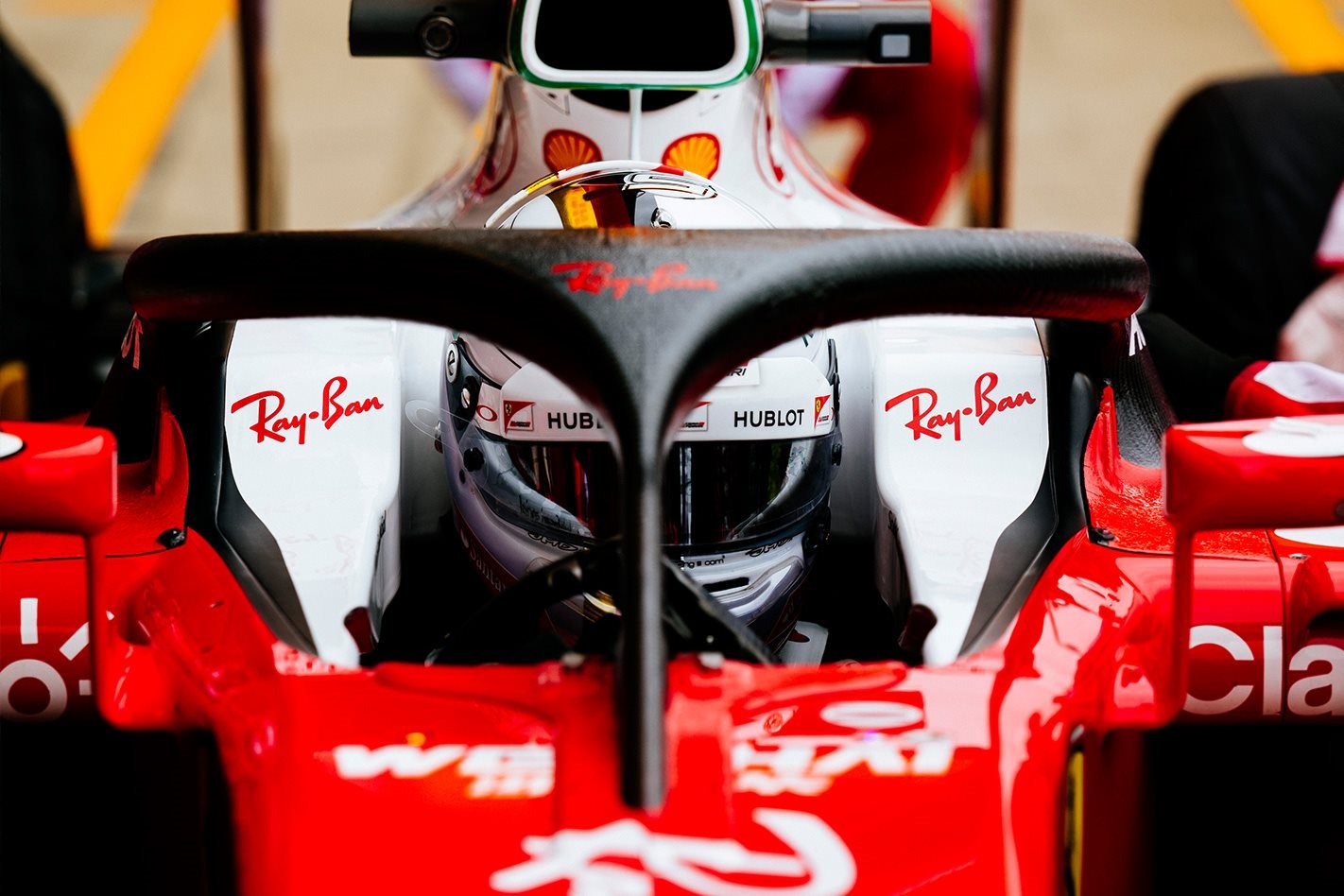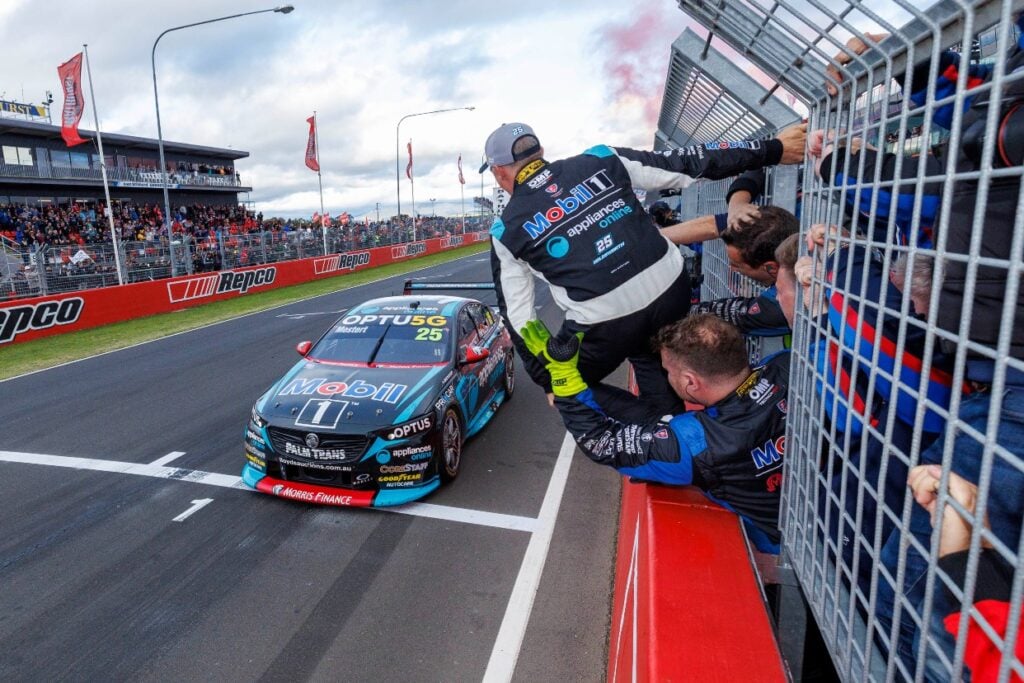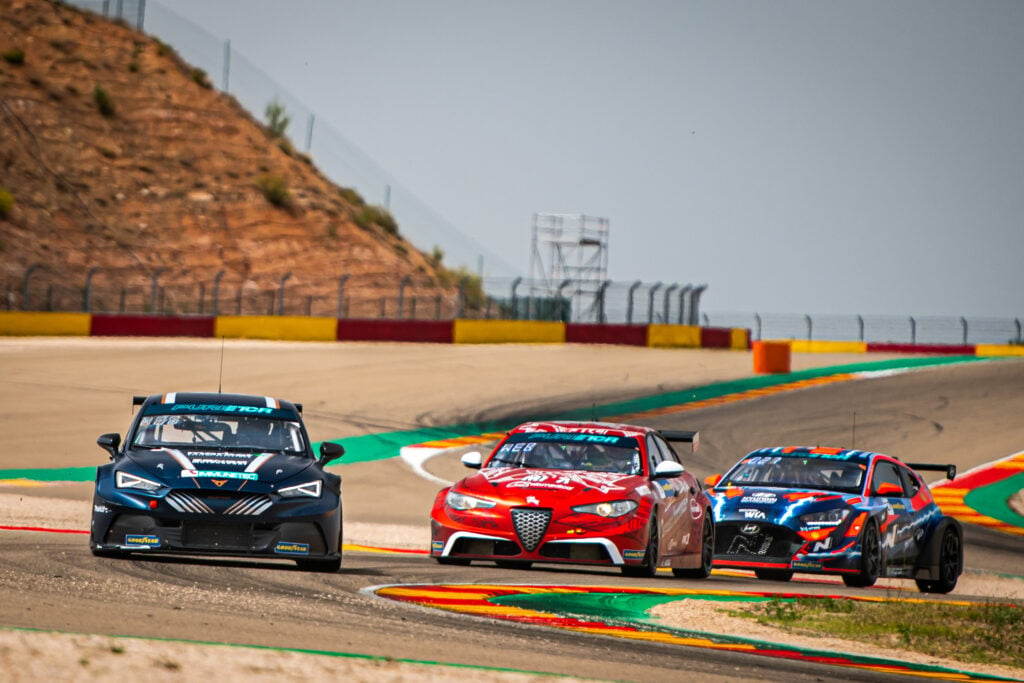IT’S official: the much maligned Halo driver protection device will be fitted to Formula 1 cars from 2018, a move that has motorsport fans up in arms.
And they aren’t alone. F1 teams and drivers have campaigned against the Halo’s introduction, with nine out of the sport’s ten teams voting against it at the most recent F1 Strategy Group meeting on Wednesday.
But the FIA – the world’s motorsport governing body that is headed up by former Ferrari team boss Jean Todt – is pushing ahead, beginning the process for its implementation from next year.
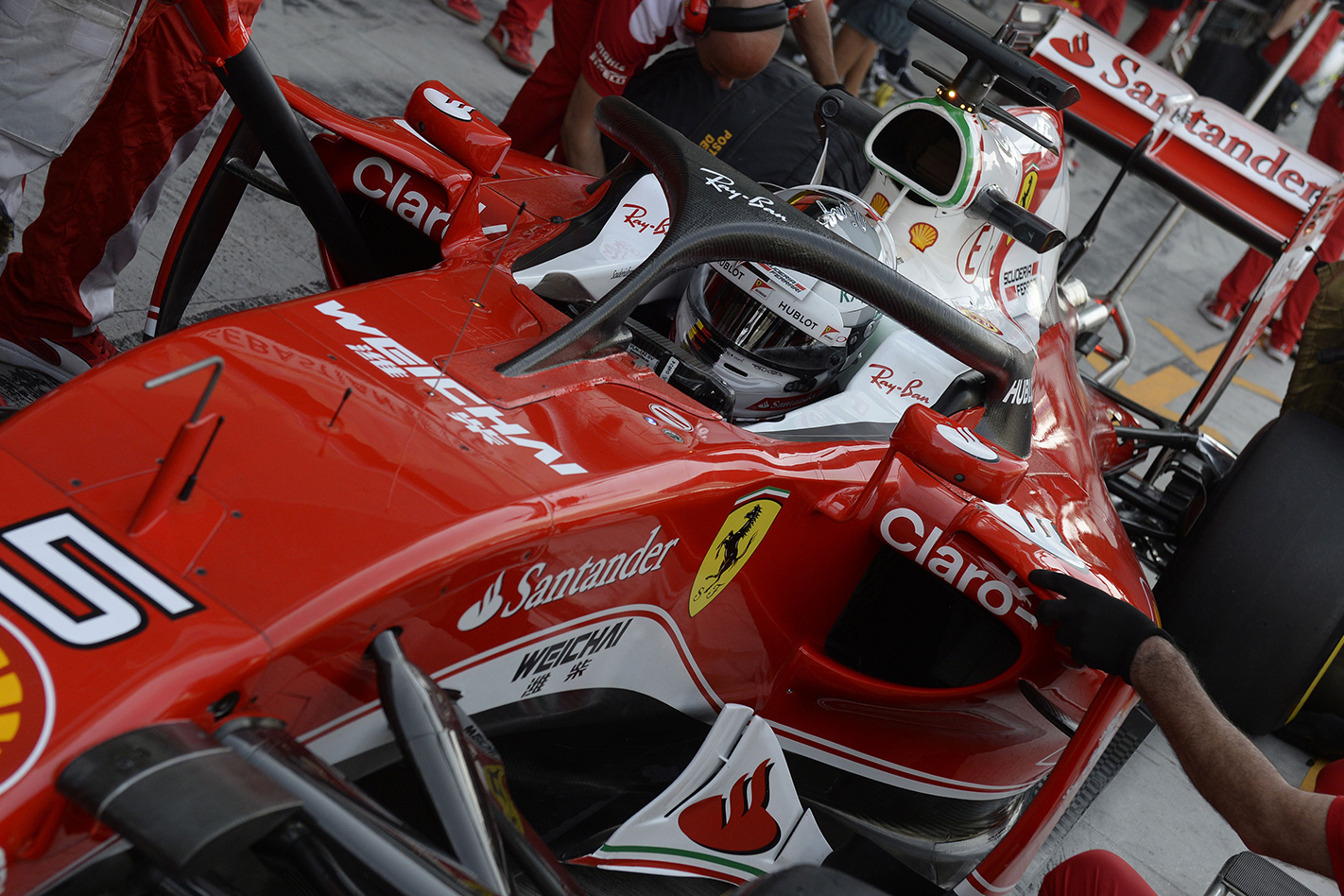
Every team in F1 has completed tests using the Halo which was first introduced in 2015, and the FIA has conducted extensive testing of its own.
The negative reaction from teams and the public has seen several alternatives to the Halo also being trialled, with the most recent concept having its debut at last weekend’s British grand prix.
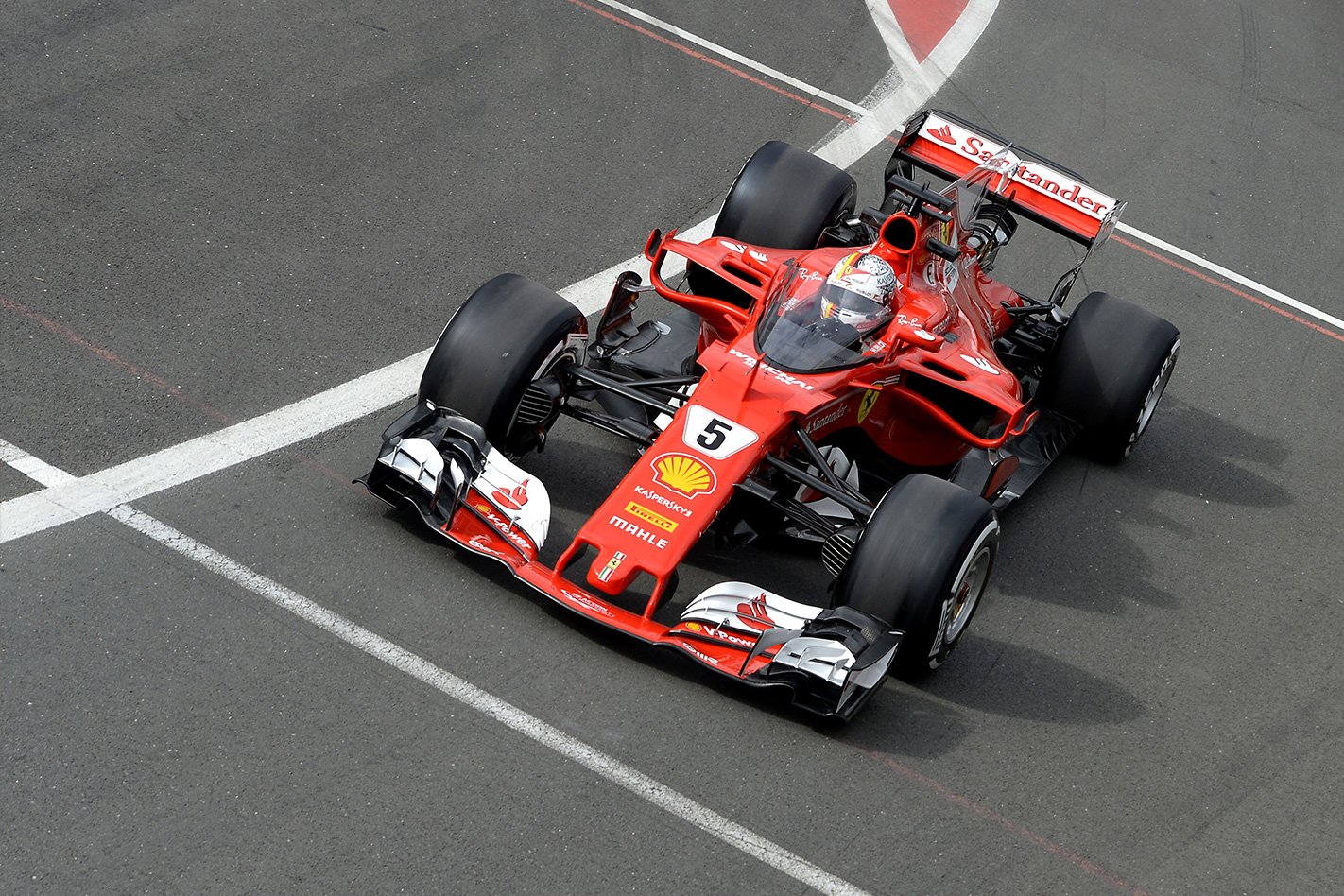
Red Bull last year completed installation laps with a similar design called the Aero Screen, with Team Principal Christian Horner preferring it to the Halo.
So why, despite all the resistance and outcry, has the FIA opted to push forward with the Halo?
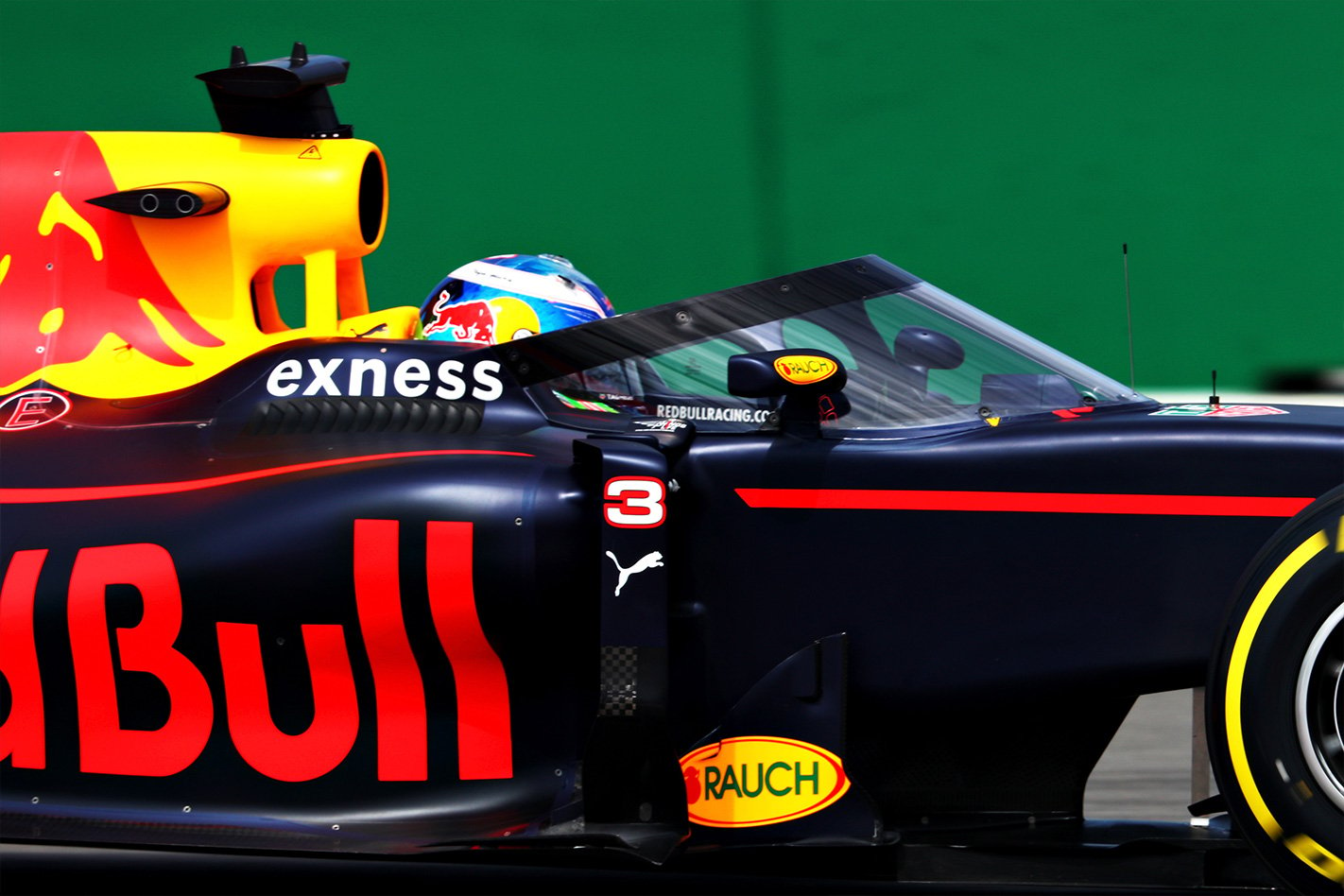
The death of Jules Bianchi in 2015, resulting from a head injury sustained in a crash at the Japanese grand prix in 2014, accelerated the move. Bianchi’s death was the first in F1 since Ayrton Senna in 1994.
Other high-profile head injuries have ensured improved driver head protection has been an increasing priority in all open-wheel disciplines, not just Formula 1.
In 2009 Felipe Massa was stuck in the head by a stray spring, suffering a serious head injury that put the Brazilian driver in hospital, and he missed several races that year.
IndyCar driver Justin Wilson was another recent fatality after he was struck in the head by a piece of debris during a 2015 race.
Debate still rages around whether or not the Halo, or another head-protection device, could have prevented or minimised the injuries that occurred in these incidents.
For an understanding of the kind of impact the Halo is designed to withstand, and the sheer violence of such impacts on a driver’s head, watch the below video from the FIA’s research on the topic:
Interestingly, despite the FIA’s official ruling, the Halo has one final hurdle to clear before becoming mandated. The World Motorsport Council must now vote to ratify the implementation, though motorsport fans shouldn’t expect the move to be overturned.
And nor should they hope for it. While it might be cumbersome and aesthetically challenging, if the Halo can prevent just one fatality it will instantly prove its worth.
It appears closed cockpits in open-wheel racing are inevitable. It’s just a shame it has to be so damn ugly.


